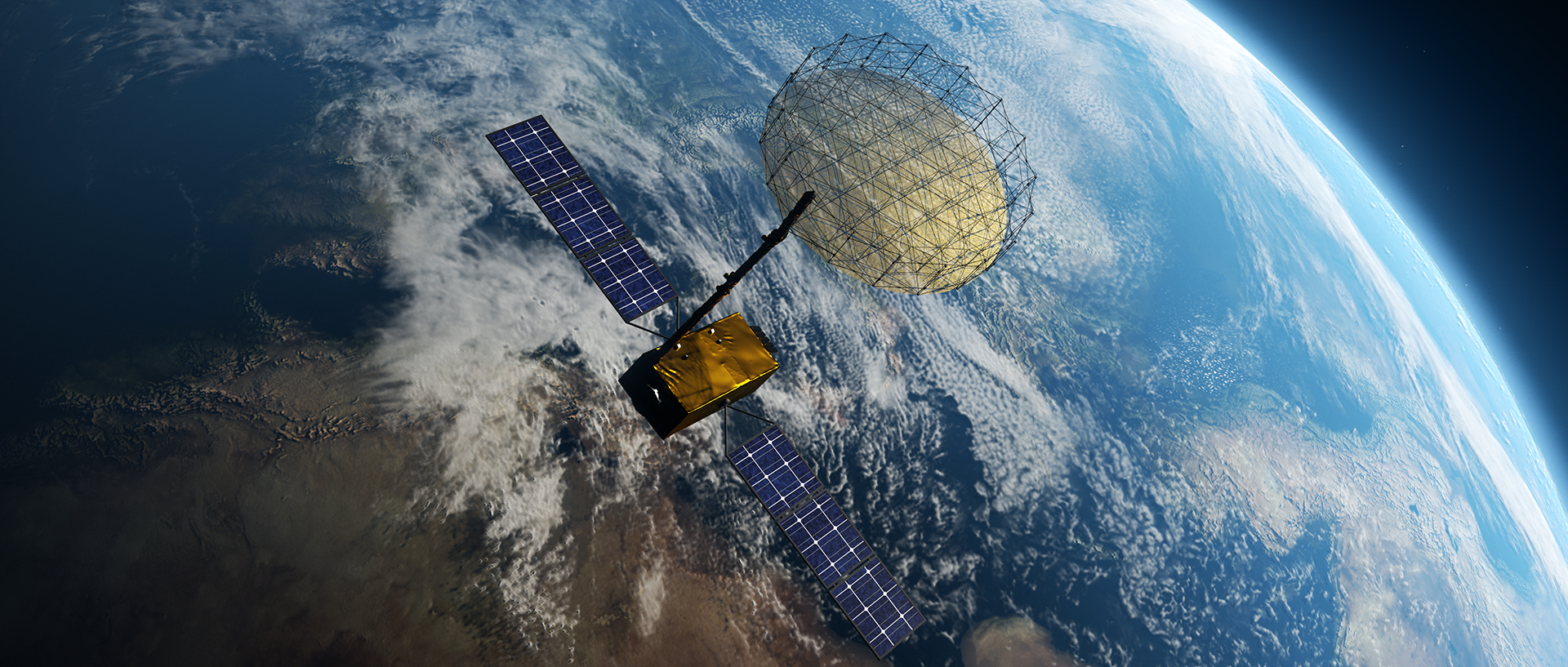

”Technology” means „knowledge how to solve problems by applying technical solutions“. In the absence of abundant natural resources technology is nothing less than the key to self-determination and liberty as the highest societal value in a free world.
Therefore, the European Commission (EC) dedicates with high priority comprehensive programs to generating independent European intellectual properties in a multitude of crucial economic and social fields, ranging from agriculture, mobility and health to areas like energy, environment, connectivity, safety and security.
Among these, SPACE serves as the crossover- or interdisciplinary technology; today, each and every single technology on earth is supported by and depends on further developments of applications in space.
Under the title of „Horizon 2020“ the EC – backed by ESA´s wealth of experience – has issued Europe´s priorities in the process of reducing dependence from non-European sources for critical key technologies. Among the concrete fields in focus is one, the LDRS, that provides the basic technical prerequisite for the two central strategic capabilities of space technologies, namely
allowing to gain and to distribute information first hand, sustainable freely and unfiltered.
LEA – European LDRS Becomes Reality (Status Report 05/2020)
Up to now, all satellites with self-deploying antennas larger than four meter in diameter have to rely on limited non-European resources with flight heritage. The institutional as well as the commercial space market, however, is growing and the demand in certain technologies increases rapidly. It is estimated that in Europe alone the demand for self-deploying antennas at sizes between 5 and 20 meters will reach half a dozen for the next ten years at minimum. Moreover, large deployable antennas (LDA) are one of the key enabling technologies to realizing almost all innovations already at the horizon:
Based on a very high percentage of all necessary developments and pre-developments on subsystem-, assembly- and element-level for more than 10 years mainly under the auspices and funding of the European Space Agency (ESA) the German SME- and partner-companies HPS (High Performance Space Structure Systems GmbH, Munich), LSS (Large Space Structures GmbH, Munich), and RSG (RUAG Space Germany, Coswig) have succeeded in forming a consortium of 15 European space companies including even all three large system integrators (LSI) to submit the offer for the development of a 6-meter Protoflight Model (PFM) for X-band applications, which consists of reflector assembly, arm assembly, all associated joints and mechanisms, supported by electronics and test facilities on ground.
The European Commission (EC) concluded this offer in July 2017 at a peak-level setting 14.5 out of 15 possible points as first project within its call “Technologies for European Non-Dependence and Competitiveness”. Consequently, the EC granted the 5-million-Euro contract 2017 to the consortium under the implementation and technical lead of HPS GmbH (Germany) and the administrative coordination of HPS Lda., Porto. 65% of the budget is allocated to the SME (Small and Midsized Enterprises) of the LEA-team.
The design of the LEA-PFM started after the selection of a potential European reference mission scenario in January 2018, the acceptance tests of the hardware produced from 2019 on will be finalized by the end of 2020. The PFM will then be offered at no charge in exchange for a free ride up into space on the open market of planned space missions in order to realize the final in-orbit validation. After that, the European as well as the world markets are open for the new technology made in Europe.
While LEA is a large deployable reflector subsystem with a diameter of 6 meters and operating in X-band, LEOB stands for even larger versions between 6m and 15 meters in diameter, operating in different frequencies, between L-band up to Ku-/Ka-band. These LEOB-versions are specifically designed to serve the needs of Europe´s next generation Copernicus missions: CIMR and ROSE-L. As for CIMR, this 6-8-meter reflector, with rotating arm and reflector, will present yet another technological highlight. WeLEA is also participating in the Phase A-planning of the CIMR-mission with regard to the reflector. On the other hand, the ROSE-L-mission will use the with a 12-15 meter diameter largest deployable reflector ever developed and built in Europe. Also here WeLEA contributes to the Phase A development.

LEOB – Large Deployable Reflector for Earth Observation © Source: HPS GmbH